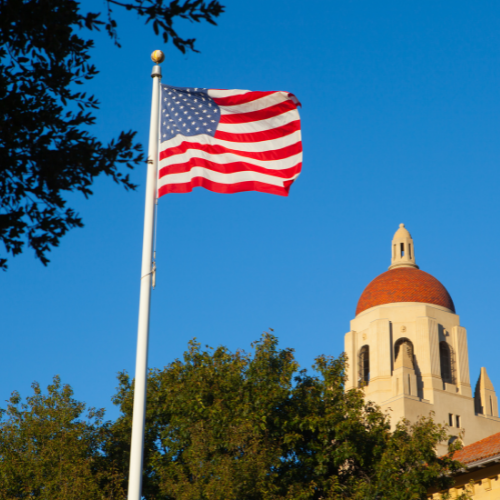
Signature verification increases voter trust by ensuring that all mail ballots were voted by the correct person. During this process, election officials compare the signature on a voter’s mail ballot return envelope to a signature in the voter’s registration record, most commonly collected at the time of registration, by the department of motor vehicles, or some other official governmental service transaction. Often, signatures are compared against multiple signature files from the same voter so election officials can evaluate the evolution of a person’s signature when determining whether to accept it. If the signature on the return envelope is a match, the ballot is accepted and can be further processed and counted. If the signature does not match, voters should be provided timely notification of the mismatch and easy-to-follow instructions for how to correct, or “cure,” the error. See “Robust Ballot Cure Options.”
Why It's Important
- Increases accessibility. Other forms of identity verification, like witness or notary requirements, place unnecessary barriers in front of the voter. Witness requirements are not verifiable and notaries are a more complex and inequitable option because they often require payment and a photo ID.
- Increases trust. Surveys have found that signature verification boosts voters’ trust in the legitimacy of the election, as well as trust that their own votes will be counted.
- Reduces fraud. Voter fraud is already extremely rare but by verifying signatures, election officials can ensure that the ballots they receive were sent by the intended voter.
Relevant Research

Example Statutes
Signature Verification Across the US
Oops it looks like you’re viewing this page on a mobile device. Get the full experience on your desktop!
Last updated
- August 10, 2022
